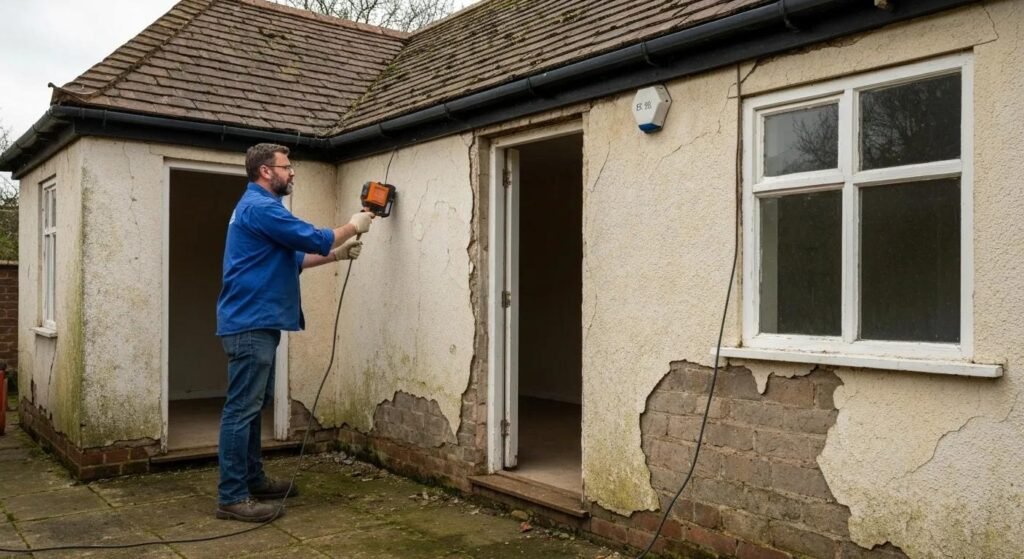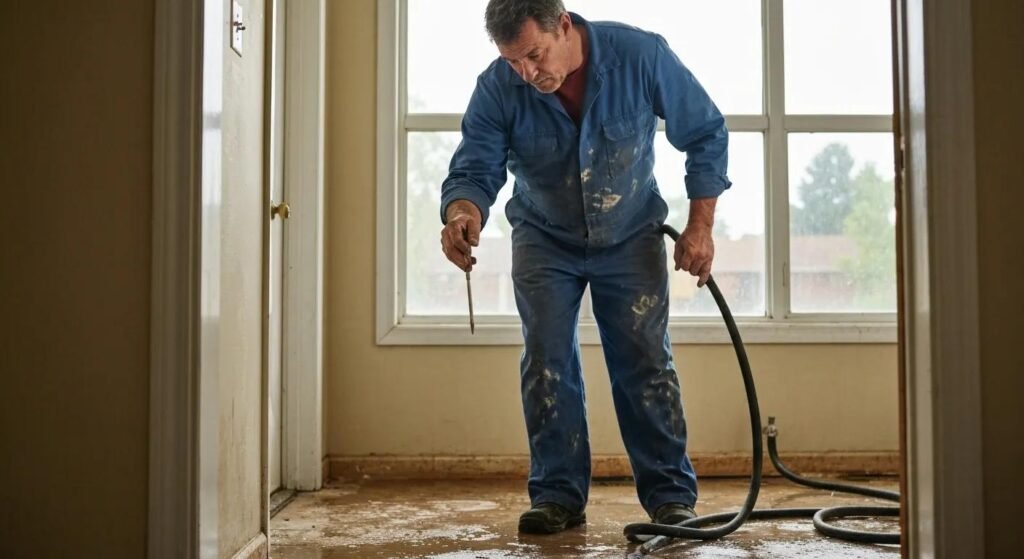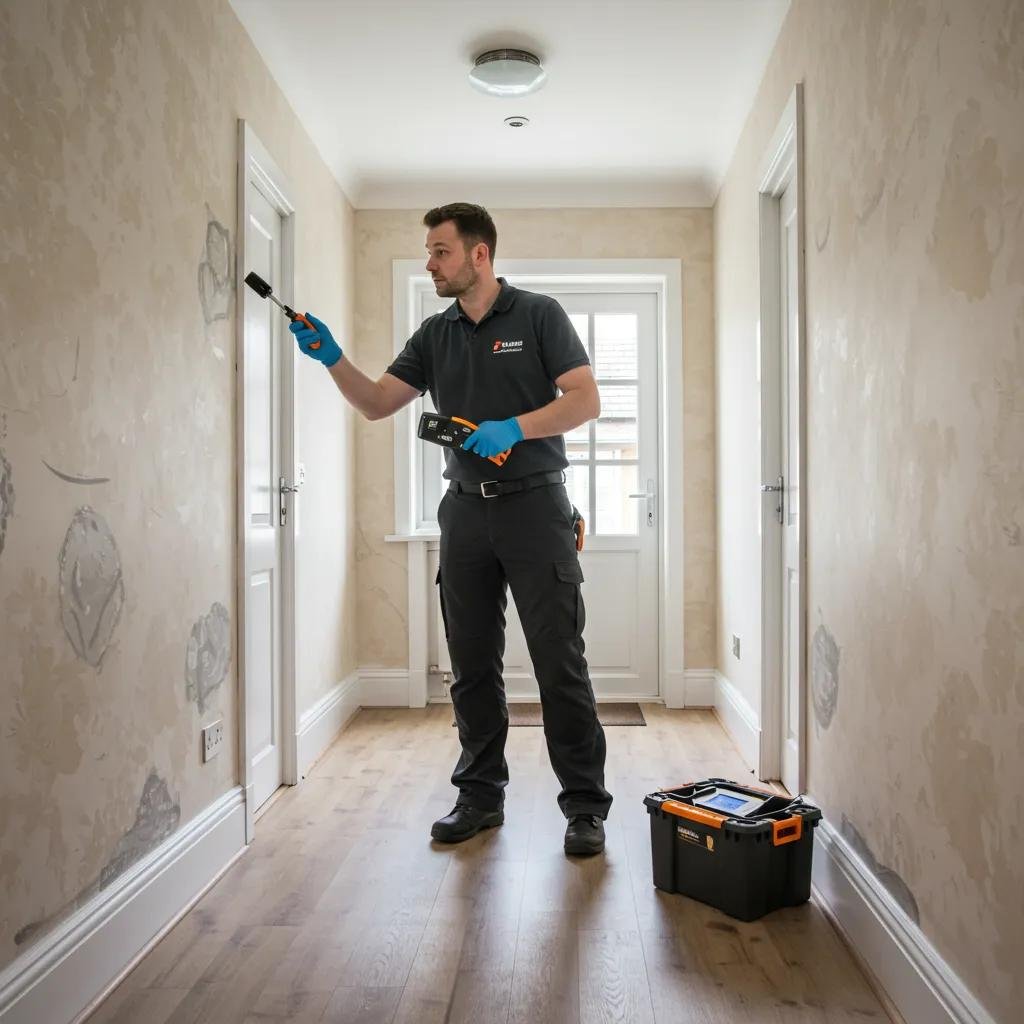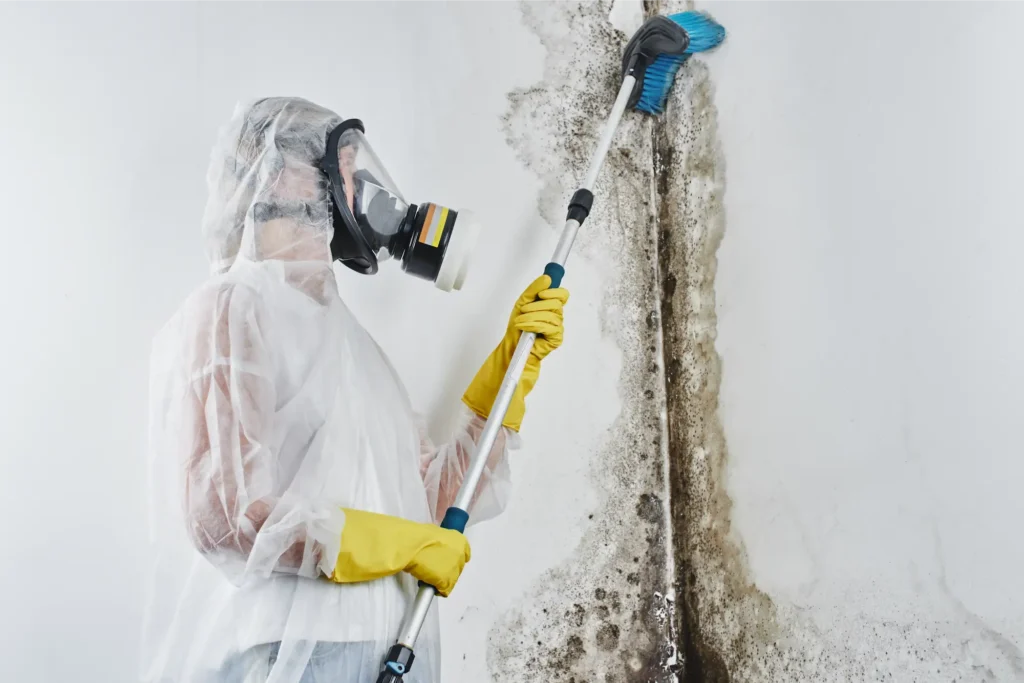How to Remove Mould from Walls: Effective Removal, Prevention, and Health Safety
Eliminate mould on walls effectively with our comprehensive guide. Learn about solutions for black mould and tips for a healthier home environment.
How to Remove Mould from Walls: Effective Removal, Prevention, and Health Safety Read More »





